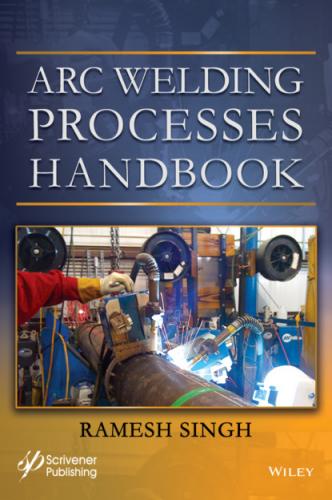It is thus important that a welding personnel have a very good understanding of “Heat” in welding. The understanding of the heat generation and physics of welding are important steps in making of a good welding engineer, and it helps being a good welder as well.
Welding is carried out based on a well thought out and specific plan in order to attain the required material properties. Many regulatory and industrial specifications have well developed process to get the plan in activation. Such plans are called Welding Procedures, and a well laid out sequence of operation is established for the welding qualifications, of both the procedure’s ability to meet required metallurgical and mechanical properties and also a welder’ ability to repeatedly produce the quality of weld desired through that welding procedure. Following is a brief discussion on welding procedures and their role in welding application.
1.5 Welding and Joining Processes
There are number of different approaches to welding, some of them are near universal in their application to most common materials, and are capable of adjusting to number of variables to be used on different positions, and conditions, while others are very specific and are no so universal in their application. With the welding we have included some other material joining processes that are in fact not a welding process. These are very often encountered in the industrial environment, and are often demanded that an accomplished welder knows how to use these processes. The Figure 1.1 below shows various welding and joining process.
The Table 1.1 below list s various welding and joining processes grouped as per the mode of energy used for that specific welding process. The table also includes other joining process that do not use Electric as the source of energy for joining. And there is other that are distinguished by the way they transfer the molten metal in to the metals being joined.
1.6 Arc Welding
The arc welding group includes eight specific processes, each separate and different from the others but in many respects similar. An introduction to those basic arc welding processes is presented here for some of those most common first-generation arc welding processes. Note that further variations have been made in some of these processes, some of them are discussed further in the book, but there are others that are proprietary developments, the information is covered under copyright laws, hence details on these developments are not included in the book.
1.6.1 Carbon Arc Welding
The carbon arc welding (CAW) process is the oldest of all the arc welding processes and is considered to be the beginning of arc welding. The Welding Society defines carbon arc welding as “an arc welding process which produces coalescence of metals by heating them with an arc between a carbon electrode and the work-piece. No shielding is used. Pressure and filler metal may or may not be added. It has limited applications today, but a variation or twin carbon arc welding is more popular. Another variation uses compressed air to force molten metal out to effect cutting.
1.6.2 Shielded Metal Arc Welding (SMAW)
The development of the metal arc welding process soon followed the carbon arc. This developed into the currently popular shielded metal arc welding (SMAW) process defined as, an arc welding process which produces coalescence of metals by heating them with an arc between a covered metal electrode and the work-piece. Shielding is obtained from decomposition of the electrode covering. Pressure is not used and filler metal is obtained from the electrode.
Figure 1.1 General lay out of welding and joining processes.
1.6.3 Gas Tungsten Arc Welding (GTAW)
The need to weld nonferrous metals, particularly magnesium and aluminum, challenged the industry. A solution was found called gas tungsten arc welding (GTAW) and is defined as, an arc welding process which produces coalescence of metals by heating them with an arc between a non-consumable tungsten electrode, and the work piece. Shielding for the welding arc is obtained often from an inert-gas, or mixture gases that may not always be inert.
Table 1.1 Welding and joining processes, type of energy used, and their abbreviations as defined by the American Welding Society.
| Group | Welding process | AWS letter designation |
|---|---|---|
| Arc Welding | ||
| Electric Arc Welding | Carbon Arc | CAW |
| Flux Cored Arc | FCAW* | |
| Gas Metal Arc | GMAW* | |
| Gas Tungsten Arc | GTAW* | |
| Plasma Arc | PAW** | |
| Shielded Metal Arc | SMAW* | |
| Stud Arc | SW | |
| Submerged Arc | SAW* | |
| Electrical Resistance Welding | Flash Welding | FW |
| High Frequency Resistance | HFRW | |
| Percussion Welding | PEW | |
| Projection Welding | RPW | |
